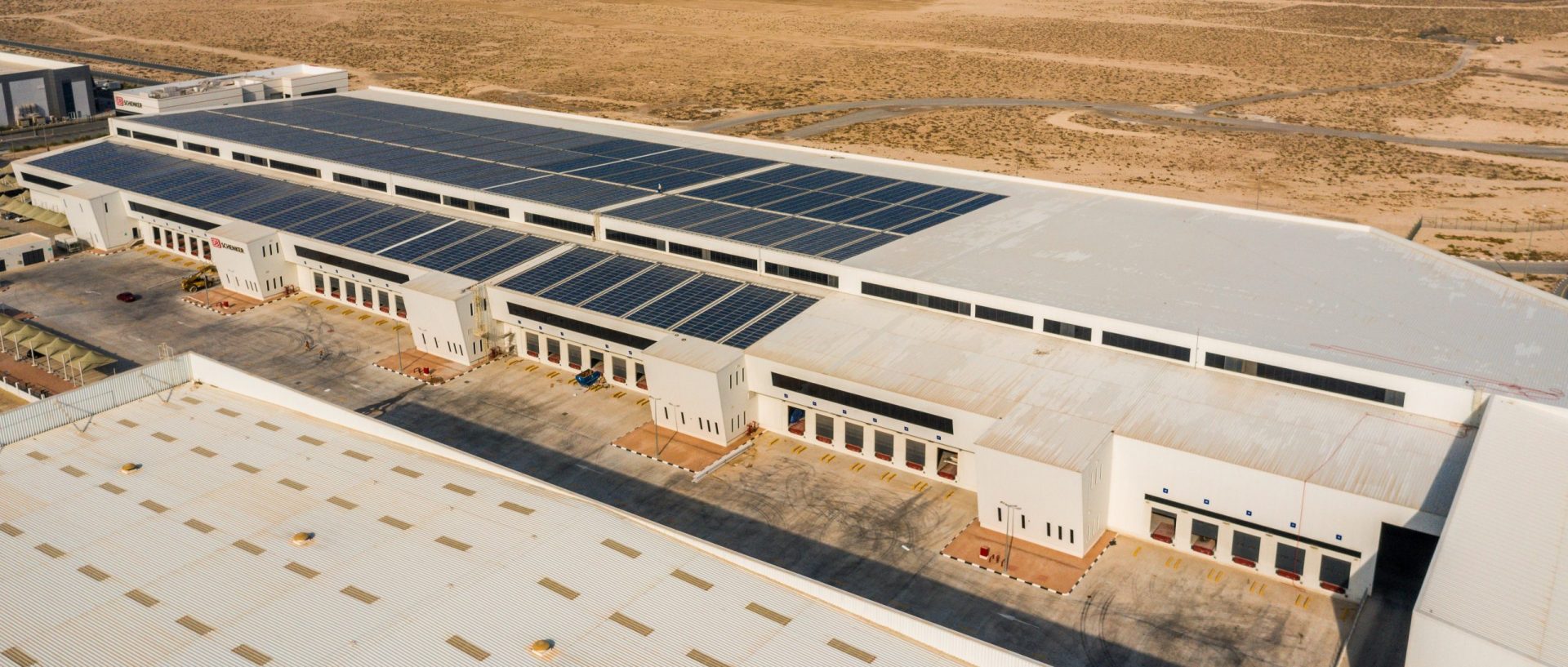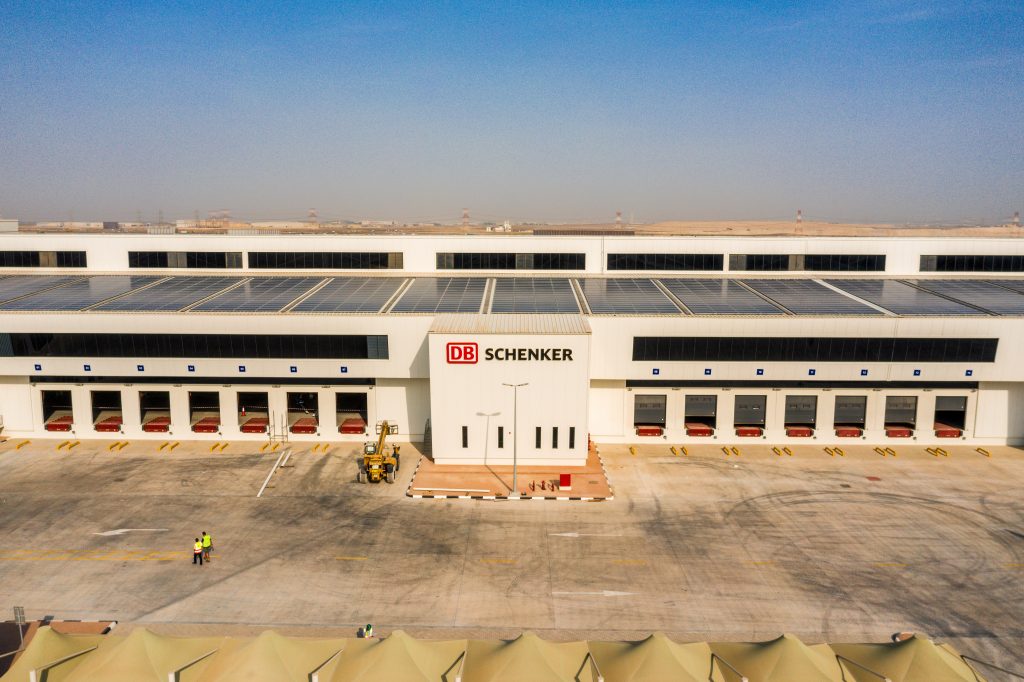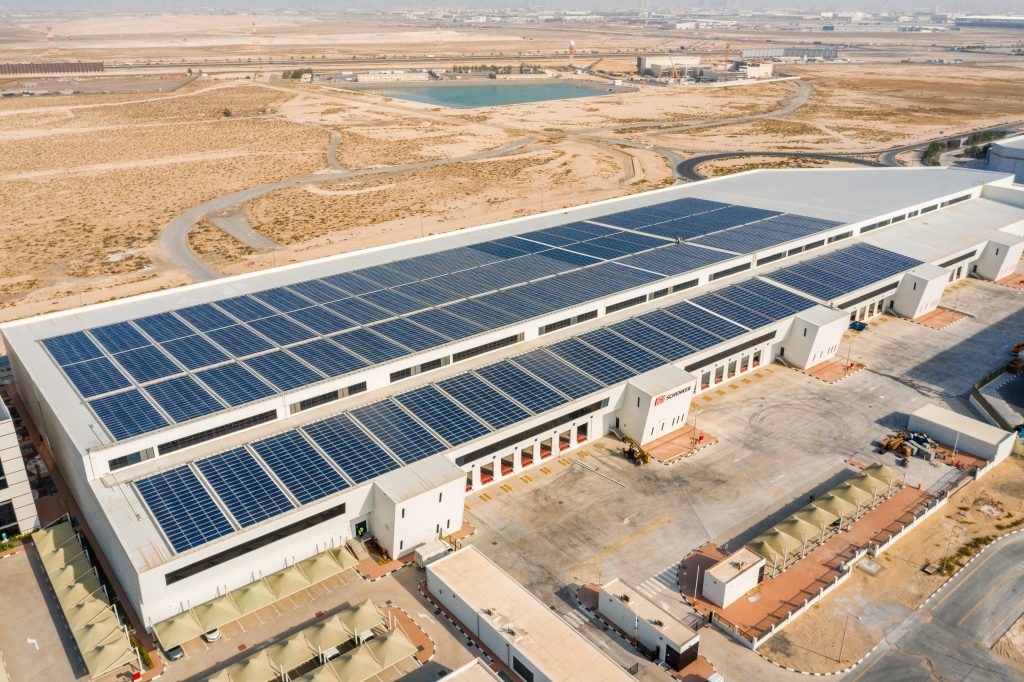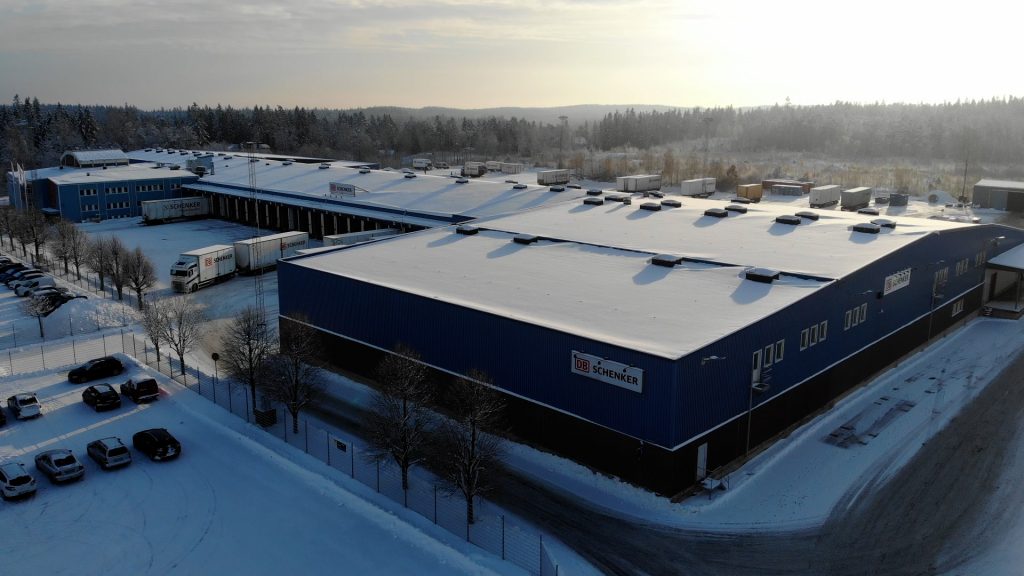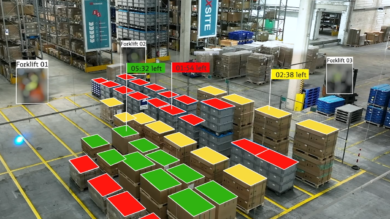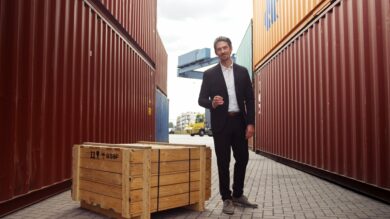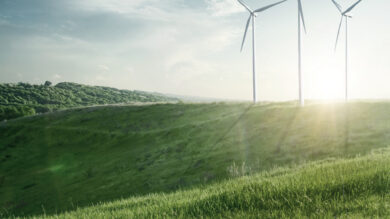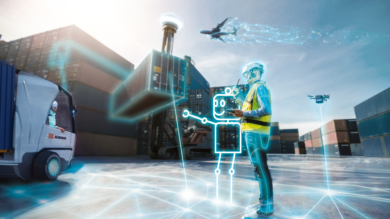Sustainability. Climate change. Energy efficiency. These are some of the most important topics of our time, affecting every organization within every industry. The logistics industry is no different, with companies adapting and re-inventing themselves to improve efficiency and help protect our planet, while customers demand increasingly environmentally friendly products and services. Green warehouses are integral to clean logistics, which can be defined as contract logistics sites using equipment, technology and operational methods to reduce their impact on the environment.
Reduce, reuse, recycle is a waste management concept used by many individuals, businesses and communities seeking a greener lifestyle or working model. Many green warehouses also use this concept as a basis for reducing the energy output and improving the efficiency of their operations. For example, energy management systems (such as energy-efficient lighting and motion and time sensors) can be implemented to reduce output, while materials such as pallets can be reused or recycled. Other methods include renewable energy sources (such as solar panels or wind turbines), natural ventilating systems or water treatment solutions. Not only do these solutions help protect the environment, but many have the added benefit of decreasing operating costs and therefore increasing financial efficiency.
This is Green: Creating green warehouses globally
DB Schenker is one example of a logistics service providing driving the topic of clean logistics – including green warehouses – as part of its ambition to become a sustainability leader within the industry. DB Schenker has many sites worldwide which have implemented both traditional and cutting-edge approaches to reduce their environmental impact.
46 warehouses in 11 countries are classified by DB Schenker as eco-warehouses so far, with more sites being added on a regular basis. These green warehouses fulfill specific criteria based on global standards in sustainable architecture, meaning they utilize energy efficiency, water efficiency and waste reduction to operate with lower carbon dioxide emissions. Various solutions and technologies are implemented at each site, such as heat insulation, the use of fast-regenerating resources from the local area, harnessing geothermal energy, and the installation of modern lighting systems, solar energy units and rainwater utilization systems.
Dubai: DB Schenker’s first fully solar-powered facility
The opening of DLC II, DB Schenker’s second logistics facility in Dubai South, set standards within the company and the logistics industry as DB Schenker’s first warehouse to be entirely powered by solar energy. The 33,783-square-meter regional distribution center has a total of 6,840 solar panels installed. The 1-meter by 1.9-meter panels together have saved 3,800 tons of carbon dioxide since May 2019, which is equivalent to planting 362,172 trees. The green warehouse also uses LED lighting and an automated lighting control system, in order to reduce energy consumption further.

Singapore: Clean logistics operations at Red Lion
Clean logistics was a core element in the construction of Red Lion, DB Schenker’s high-speed regional logistics hub in Singapore and largest single investment to date. 1,440 solar panels are installed on the roof which, alongside other sustainability features, result in energy savings of 34 percent and a 458-ton reduction of annual carbon dioxide emissions. In the last 12 months alone, 0.75 million kilowatt hours have been produced by the solar panels.
Alongside solar energy, the best-in-class logistics facility uses a water-cooled chilled water plant, efficient air filtering system and water-efficient installations throughout the building. Like DLC II and many of DB Schenker’s other green warehouses, LED lights with motion sensors are in use, and extensive landscaping – including the planting of trees – surrounds the facility. 78.9 per cent of the floor area is constructed from environmentally friendly post tension slabs and 90% of the structure uses sustainably certified concrete. Colleagues also take part in upcycling activities to concert waste material into useful furniture and fittings.
Sweden: Conserving heat in colder climates
29 of DB Schenker’s sites in Sweden are classified as eco-warehouses, which is the most sites in a single country worldwide. Since green warehouses must be adapted to their surrounding environment, it is important to conserve heat in countries with colder climates such as Sweden. All DB Schenker’s warehouses in Sweden therefore feature weather-tight dock installations with energy reductions of up to 30 percent. Together with LED lighting (which reduces energy consumption by up to 20 percent), hydroelectric energy and other energy conservation measures, the Swedish sites are able to reduce carbon dioxide emissions by up to 86 percent.
“Efficient operations provide logistics companies with a competitive advantage and make them attractive long-term partners for customers. With environmental protection becoming increasingly important every day, green warehouses are essential for future-proofing logistics operations.”
Green warehouses for a sustainable future
As the examples above show, technology is key in creating green warehouses. The warehouse of the future will most likely combine technologies focusing on both automation and effective resource management (for example in terms of packaging and waste), in order to boost efficiency and productivity. With expectations from stakeholders increasing every day, environmentally friendly operations such as green warehouses are important – if not essential – for customers, suppliers and existing and potential employees. By focusing on holistic sustainability approaches which combine environmental, social and future-orientated goals, logistics providers can set standards within the industry and build resilient supply chains for the future.
Published: March 2021


